Why use tilt shift lenses in product photography?

Many people think of tilt-shift or tilt-shift lenses as something only used by photographers who specialize in architectural photography. They don't realize, in fact, that they can do more than the miniature tilt shift effect emulated by the Photoshop filter (although it can give some fun results! )
So why would you be interested in such an unusual tool for still life and product photography ? The answer is in the possibility of having an additional degree of control over 3 aspects of your image: perspective distortion, depth of field and reflections.
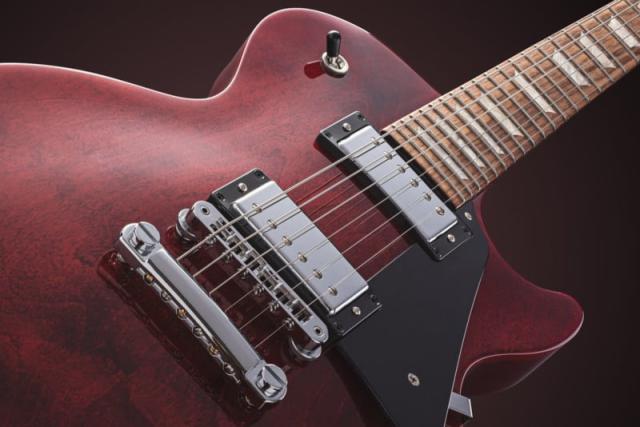
Get extra control
In product photography, I often shoot using shift or tilt shift lenses most of the time. One reason is that they are very sharp, high quality prime lenses. The other is the extra control I can get from them compared to regular prime or zoom lenses.
The main lenses I used are 45mm and 85mm (Nikon PC-E lenses), with extension tubes for close-up work at high magnification. I've occasionally used other lenses as well, but I've gotten so used to the added flexibility of being able to tilt and/or pan that I tend to stick with these two most of the time.
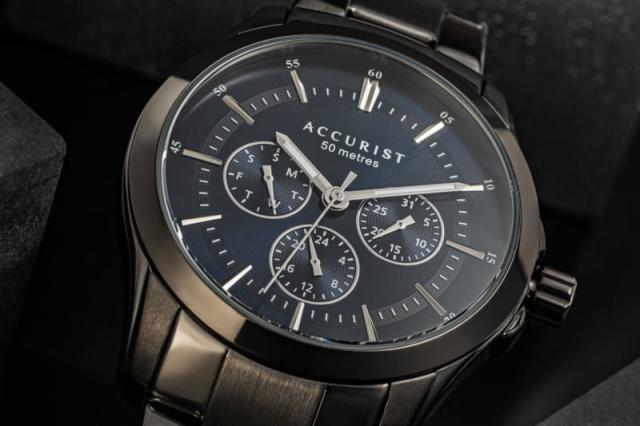
And the large format?
Sure, you could achieve the same results with a large-format system with bellows and movable front and rear elements with which you can use a wide variety of lenses. But these systems tend to be large, bulky, and expensive. People who use large format rigs tend to work with medium format camera systems, rather than a DSLR like me. They are probably the ultimate systems for flexibility and control, but then you pay dearly for them! Trying a tilt shift DSLR lens is a cheaper and easier option if you already own a mirrorless or DSLR camera, especially if you're able to buy secondhand.
Let's look at the 3 advantages of working with this type of equipment.
Control perspective distortion
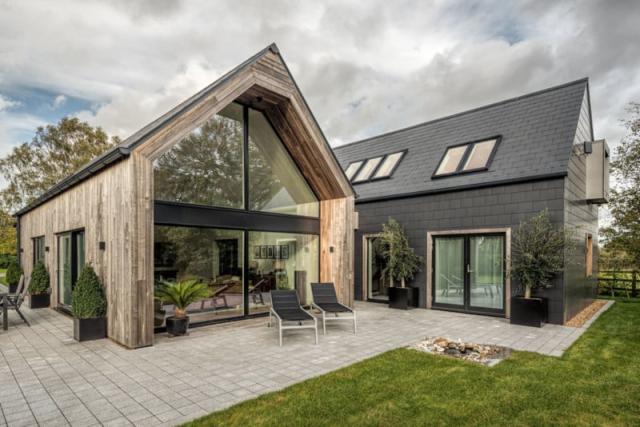
Controlling perspective distortion is the main reason photographers tend to use shift lenses for architecture . They allow you to keep buildings more realistic and avoid convergence of vertical lines when aiming up.
Being able to pan the lens up/down instead of pointing the camera up or down means you can avoid distorting the shape of buildings. This feature of tilt shift photography is also useful for products. When photographing certain products or still life subjects, controlling the amount of distortion caused by perspective can be a valuable feature.
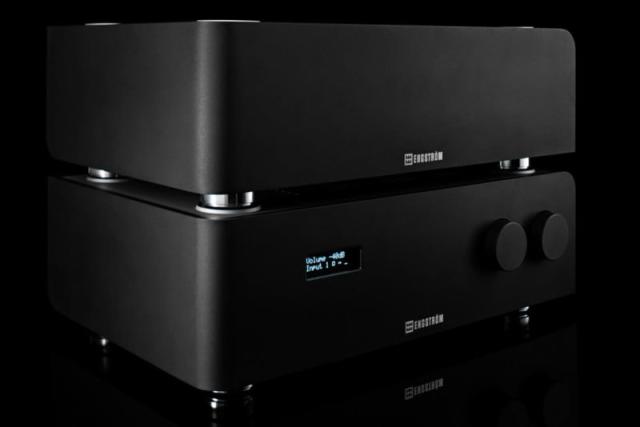
These hi-fi amplifiers whose photos were taken for Swedish high-end audio equipment supplier Engström have a very architectural feel. They are essentially blocks with square sides, so the photographer decided to treat them as architecture when photographing them in his studio. This meant having a few different angles looking more directly or from above without introducing distortion into the images. Instead, being able to move down or up to keep vertical lines upright.
Of course, architectural products like hi-fi stacks aren't the only thing I personally would use a tilt shift lens for. Using it, it can help keep bottles and other objects true to their shape and minimize distortion that can come from anything other than direct viewing.
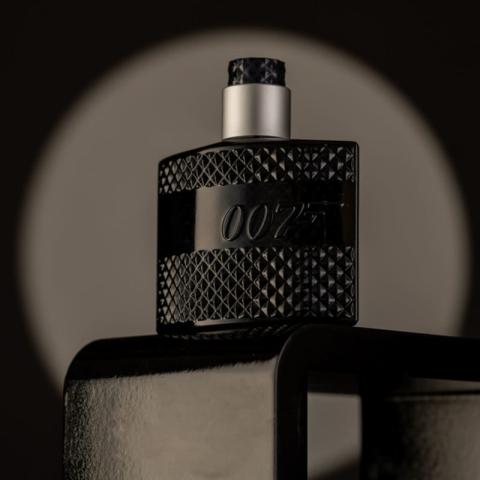
The photo of this aftershave bottle was taken from a bold angle (looking slightly from below). It's bold because when you choose this angle, the subject starts to get distorted: the vertical lines start to converge. Moving the front of the lens up allows us to keep the same point of view but without the distortion.
In commercial photography, it's helpful to have both options in case the client has a preference. Yes, you can manipulate things to some extent using Lightroom or Photoshop. But correcting perspective digitally rather than in-camera means losing some resolution as inevitably part of the image will be cut off.
So in summary, having the ability to manage perspective by shifting the lens means we can control how much distortion (if any) to allow into our subjects. It is exactly the same principle as architectural work, but on a different scale. The shorter focal length (e.g. 24mm or 45mm) tends to cause more distortion when working close up. But even a longer length like the 85mm isn't immune to distortion. So, it's good to have the ability to control it as much as possible.
Check the depth of field
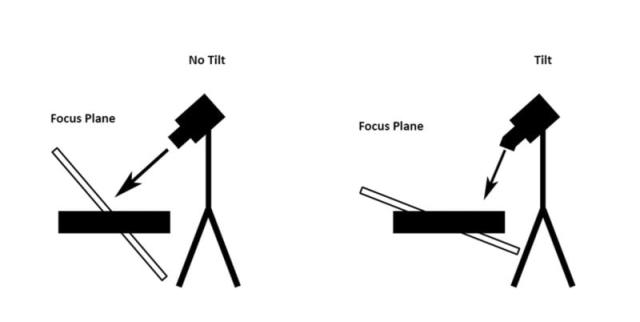
The tilt function allows you to change the plane of focus, which you can use to change depth of field in a variety of ways. The closer something is to the plane, the easier it will be to keep it in focus. If something is further out of plan, it's more likely to go out of focus. In the diagram above, the tilted lens provides a focal plane that allows more of the subject to be in focus since more of the subject is closer to that focal plane.
In some situations, I use the tilt function to get more focus than normal with a single shot and without having to focus stack. For example, take a look at the guitar image. It's pretty much sharp throughout. This was done by tilting the focal plane so that it was parallel to the guitar's surface. This means getting a greater depth of field than you would get with a standard lens.

For small subjects, it's often best to stack focus as you can maintain a medium aperture that gives the sharpest results. But for larger objects, this is often not necessary, and tilt is all you need. You also don't have to worry about having enough focus sections to stack well since you can do it all in one shot. A good example of how useful it is in commercial work is for those jewelry projects that are on a more limited budget; a single shot is definitely going to be faster and cheaper than shooting multiple times, processing a stack.
In addition to increasing our depth of field, we can also narrow it more than usual by tilting parts of the scene. For example, the image below uses tilt to blur fake bills and fake diamonds (they're actually acrylic).

They are cheap props that hint at a scene but if they were in sharp focus they could spoil things as they are clearly cheap and not genuine. Using the blur achieved by tilting the lens all the way to the left means we can get the desired effect without the problem of having everything sharp.
You can rotate the front of a tilt shift lens to allow you to tilt it to all kinds of different angles. It can tilt up/down left/right or diagonally depending on how you set it up. This can give a wide variety of different looks to the same scene. In the chess pictures below I kept the same focal point (camera focus in the same place) while tilting the lens to move the focal plane.





Combining tilt with the usual aperture tweaks gives you many creative options for presenting a scene. You may find that you need to adjust the exposure a bit as fully tilting can cut out some light.
Reflex control
In addition to being able to reduce or enhance distortion and fine-tune depth of field, a tilt shift lens offers another useful function: control of reflections. There are times when you need to photograph something shiny head-on. The problem here, of course, is that you'll see the reflection of your camera staring back at you from the object. Using displacement we can change the angle at which the camera looks at a surface. If we can avoid being completely perpendicular to the face of the object, then we can reflect something off to the side of the camera instead.
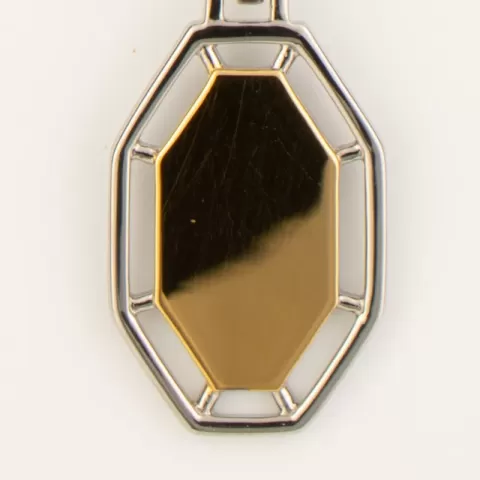

This is a common problem when photographing jewelry, as the example above shows. If we move the camera to the side and tilt it inward, we can achieve a similar result by minimizing any camera reflections on the object. However, this has now changed the perspective and created a distortion. By shifting the lens instead, you can maintain a flat front view without distortion.


For the top view of aftershave 007, the camera was moved towards the bottom of the frame and pointed up (yes, the angle also changed a bit). This gave a nice clean reflection on the bottle instead of the messy one that had the camera reflection in the center.
Perfect your style
Some of the sample images you can see in this article are pretty extreme uses of the tilt or shift functions of a Tilt Shift lens. Unless you're immediately familiar with this kind of extreme use, you might be tempted to dismiss tilt-shift lenses as just a gimmick for product or still life photography. Clearly, their features don't always have to be used to this extent. Sometimes, all it takes is a small amount of tilt to get extra sharpness without stopping the lens and causing diffraction.
In any case. you may need to practice for a while before finding the best way to integrate them into your style and workflow.
The downsides
Autofocus cannot be used with shift lenses; they are manual focus only. That means they aren't really suited to anything that moves. But for still life and product photography we can set everything up and leave it in place with the camera on a tripod, so manual focus isn't really an issue. You may need to use live view and zoom in a bit to make sure you have sharp focus on the most important areas as it can be difficult to get it right all the time using only the viewfinder.
It is often necessary to set the aperture using a ring on the lens rather than using the camera controls. Not a big deal - you'll get used to it soon. Some have an aperture ring setting that still transfers control to the camera. So, don't let this put you off.
Tilt shift lenses can be quite expensive and heavy, even compared to other high quality prime lenses. They are more specialized tools with more complex engineering and sold in smaller quantities. All of which means they are unlikely to be cheap. Sometimes you can find them second hand and save some money. Otherwise, like me, maybe try renting them before buying, especially if you're not sure if they're right for you.
The creative world of tabletop tilt shift photography
I hope I've convinced you that architecture isn't the only use for decentrable lenses. Being able to have more freedom to manage distortion, depth of field and reflections can make it easier to photograph some still life subjects and offer other creative possibilities.
I wouldn't suggest starting with tilt shift lenses as a beginner as the number of controls to learn might just be too much. If you're already into still life and product photography, especially professionally, I'd recommend renting a tilt shift lens for a project to see how you fare. They are not necessarily for everyone.
Not all photographers are creative, and many people simply don't have much time to devote to each shot. But if you like perfecting every detail and trying new things, then this kind of solution might be right for you.
When you subscribe to the blog, we will send you an e-mail when there are new updates on the site so you wouldn't miss them.
By accepting you will be accessing a service provided by a third-party external to https://www.insightadv.it/


































































Comments